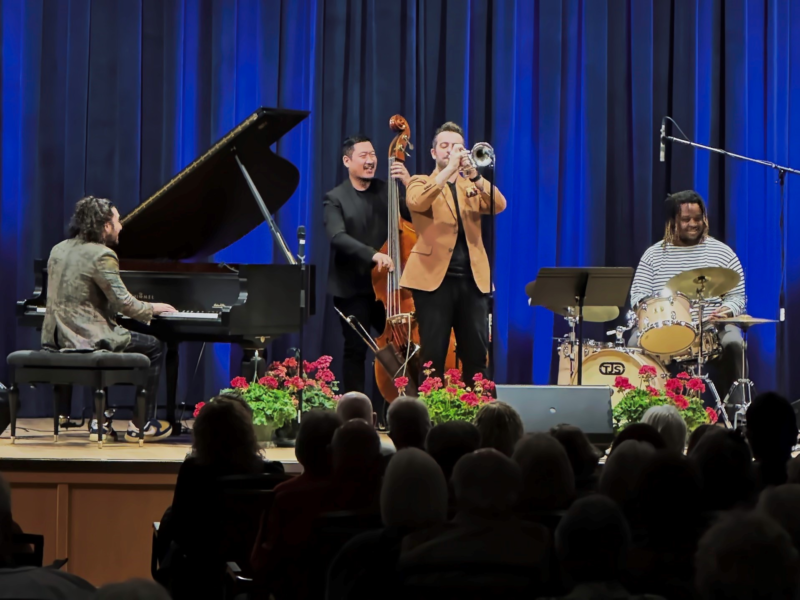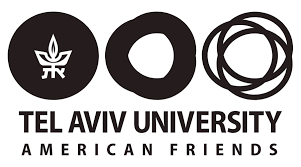Sudden cardiac arrest can happen to anyone, anywhere, anytime. So can hands-only CPR.
The Save Hearts in Arizona Registry and Education Program at the Arizona Department of Health Services wants everyone to know that CPR saves lives.
As part of a continuing information campaign, SHARE launched a new public service announcement in April outlining three steps to take to help someone who has collapsed from sudden cardiac arrest.
• Call 9-1-1 (or have someone else call). Dispatchers are trained to identify what’s happening and to guide you through CPR until trained rescuers arrive.
• Put the heel of your hand in the center of the victim’s chest and put your other hand on top of that hand.
• Press hard and fast at least 100 times per minute.
Hands-only CPR (also called “compression-only CPR”) can be administered by the closest bystander, even without formal CPR training. No mouth-to-mouth contact is involved. One hundred compressions per minute is pretty fast, but thinking of a song like “Stayin’ Alive” by the Beegees can help you keep time.
The commercial is running on TV and internet. Arizona Jewish Life magazine is proud to mention that Associate Editor Janet Arnold is the actress in the commercial, demonstrating the appropriate hands-only CPR technique.
Dr. Ben Bobrow, EMS Medical Director at the department, emphasizes the following:
Telephone-assisted CPR can have a major impact on rates of bystander CPR and survival from cardiac arrest.
The American Heart Association recommends that bystanders perform hands-only CPR on adults who are not conscious and not breathing normally.
The likelihood that CPR hurts anyone is very small – but the impact on survival is profound. sSudies show that patients receiving bystander CPR before the arrival of EMS are about two and a half times more likely to survive than patients who do not receive that CPR.
Bobrow points out that if everyone would call 9-1-1 when they see someone collapse or encounter an adult not conscious and not breathing normally, we could change the future in Arizona. By “working together with a dispatcher, they could help share reach its goal: for Arizona to have the best survival rate from cardiac emergencies in the world.”
For additional information, visit the share website at azshare.gov.





